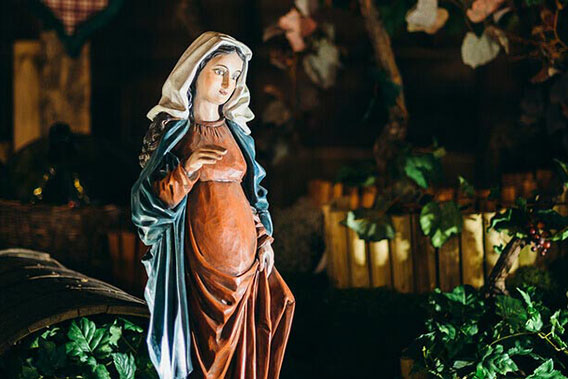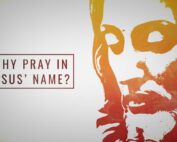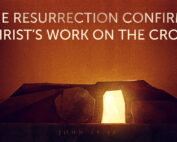“And Mary said, ‘Behold, I am the servant of the Lord; let it be to me according to your word.’ -Luke 1:38
She was a major part of the incarnation. After the baby who was called Immanuel, meaning “God with us, truly God in flesh, Mary was THE central part. She was the virgin mother of Jesus; the son of God’s humanity was being formed in her own womb.
Who was Mary exactly? How old was she at the time of her pregnancy? What kind of relationship did she have with her parents and family? What kind of a girl was she? What type of, if any, education did she enjoy? What kind of a mother was she to Jesus and to His brothers and sisters? What happened to her husband Joseph before Jesus began His public ministry? How long was Jesus a part of Mary’s household? Did He live in His mother’s house and provide for her until He began His almost three-year ministry around the age of thirty? Why did Jesus direct the Apostle John to be her protector, provider, and guardian at the foot of His cross? How much longer did Mary live after the crucifixion and resurrection of her son?
All of these questions and their answers are not recorded for us in Scripture. The Holy Spirit gave us what we needed. Eternity will reveal the unknown part of Mary to us. We will know her! We only know now what the Scriptures, primarily Luke and of course John’s recounting of the wedding at Cana, tell. But they paint a picture of a “young girl who was pious, mature beyond her years, single-minded, knowledgeable of the Old Testament, humble, and a person who is wise in her perspective of life and her world. She was a woman of admirable character. She had the ability to retain and meditate on the deep and surprising issues presented to her mind.
Her humility in receiving and fully accepting the annunciation news from Gabriel concerning her mysterious impregnation and the upcoming birth of Jesus, God’s Son, showed a young woman of uncommon wisdom for her age. She was not incapable of a personal and intimate worship of her God; such worship was not alien to her. Some have reported that she was a young teenager of 13 or 15, which is possible, but I think she might have been a bit older.
Perhaps she was one who had been passed over at first by potential suitors and their parents, all in God’s providence. The prevailing view of her culture tells us that girls of this time could be betrothed as young as 13-15, but I do not think the Mary we meet in Luke 1-2 is quite so young as witnessed by her character and spiritual outlook. Apparently, she was quite knowledgeable of the Scriptures, something requiring time of study and of meditation, one of her strengths.
It could well be that Joseph did not select a wife or have one selected for him at the normal time in his culture. He appears to be older based on his disappearance from the scene before Jesus’ public ministry. He might have been more attuned to recognizing in Mary mature and godly attributes, inner beauty rather than outward beauty. It is said of Jesus that He did not have striking facial features that would stand out to others. Joseph also could well have died by accident or, being older, became sick and died. In any case, by the time of Jesus’ crucifixion, Mary had need of an elder son’s wise guidance to name a protective guardian other than her late husband. Perhaps strangely, one of the other sons is not chosen by Jesus.
Mary’s pondering meditation as a young mother and her response in search of her missing 12-year-old son lends itself to a glimmer into her character. Her direction to Jesus at the wedding held in Cana showed courage, respect, and love. Much of our portrayal of Mary is conjecture with no absolute proof, but it is conjecture with enough suggestive evidence to delineate Mary as a godly woman capable of deep spiritual thought.
In any case, she sets the example, along with a Simeon or Anna, of the meaning of patient waiting in the final days of this long Advent of the ages. Mary experienced the relatively “long nine months of carrying this incarnate Word in her womb, always wondering about this upcoming birth. What or who would Jesus really be? Truly, it is well asked in the Christmas carol, “What child is this…? Mary muses, “Can I be the appropriate mother to the Son of God? She has been called “Theotokus by ancient theologians, meaning “Mother of God. Yet Mary, like you and me, is still a sinner, for “all have sinned and come short of the glory of God.
“What child is this who laid to rest on Mary’s lap is sleeping? Whom angels greet with anthems sweet while shepherds watch are keeping?
So bring Him incense, gold, and myrrh. Come Peasant, King to own Him, the King of kings salvation brings. Let loving hearts enthrone Him.
This, this is Christ the King, whom shepherds guard and angels sing. Haste, haste to bring Him laud, the Babe, the Son of Mary.
Oh, raise, raise a song on high. His mother sings her lullaby. Joy, oh joy, for Christ is born, the Babe, the Son of Mary.
This, this is Christ the King, whom shepherds guard and angels sing. Haste, haste to bring Him laud, the Babe, the Son of Mary.
(Carol by William Chatterton Dix, “What Child Is This?, 1865)
Stay Updated
Sign up for our monthly newsletter and weekly devotional










